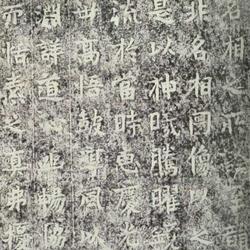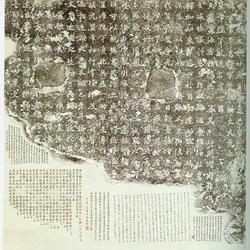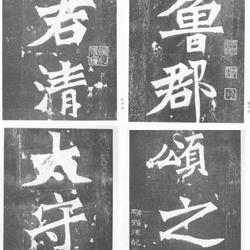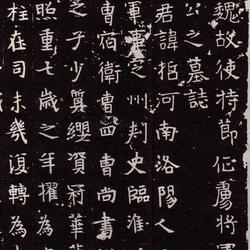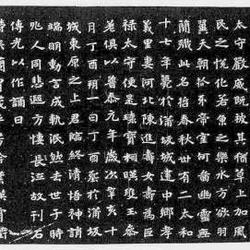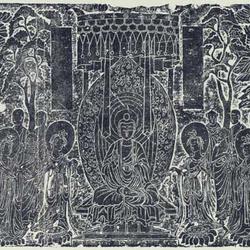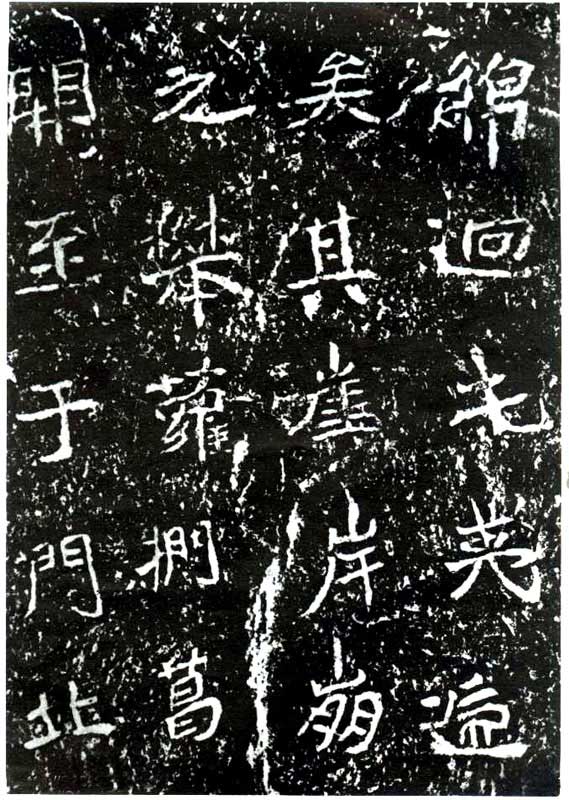
The full name of "Shimen Inscription" is "Taiyang Zhikaifu Shimen Inscription". It was inscribed on the first month of the second year of Yongping (509 AD) by Emperor Xuanwu of the Northern Wei Dynasty. It was carved by Wang Yuanshu Dan and Wu Aren on the stone gate of Baoxie Valley in the northeast of Baocheng County, Shaanxi Province. Cliff. The original Shimen Road built in the Han Dynasty has been destroyed. This cliff inscription records the grand opening of the Baoxie Road in praise of Yang Zhi, the governor of the Liang and Qin states, who "ordered Jia Sande, the left school magistrate," to reopen the Baoxie Road. The main book has twenty-eight lines, with twenty-two characters in the entire line. The inscriptions in the back section are seven lines, each line contains about nine or ten crosses. This cliff stone carving has been cut off the cliff and moved to the Shaanxi Hanzhong Museum.
The "Shimen Inscription" is a famous stone carving in the Northern Wei Dynasty. Since it records the reopening of the Baoxie Road, which was a major event that benefited the country and the people, the calligraphy and chiseling were consciously done by masters of calligraphy and chiseling at that time. This can also be seen from the cliff inscriptions. It can be seen that the cliff inscription is located on the east wall of the stone gate of Baocheng, Shaanxi. The inscription is "Wang Yuan, Taiyuan County" and the chiseled word is "Wu Aren, Luoyang County, Henan County". The name is also engraved in the cliff inscription. It can be seen that Although the artistic achievements of Wang Yuan and Wu Aren have not been recorded in history, their superb artistic works clearly demonstrated that they were recognized by the society as artistic masters at that time. "Shimen Inscription" draws on the vigorous and concise seal script writing techniques of the famous Han-official "Ode to the Stone Gate" written in the same place. The writing style and style also absorb the ups and downs, openings, and extraordinary rises of the "Ode to the Stone Gate" and other Han-official scripts. , developed into the regular script of the Northern Wei Dynasty. The rubbings of "Shimen Inscription" are better if the word "this" on the first page of the old rubbings is not damaged. This is a refined rubbing.

